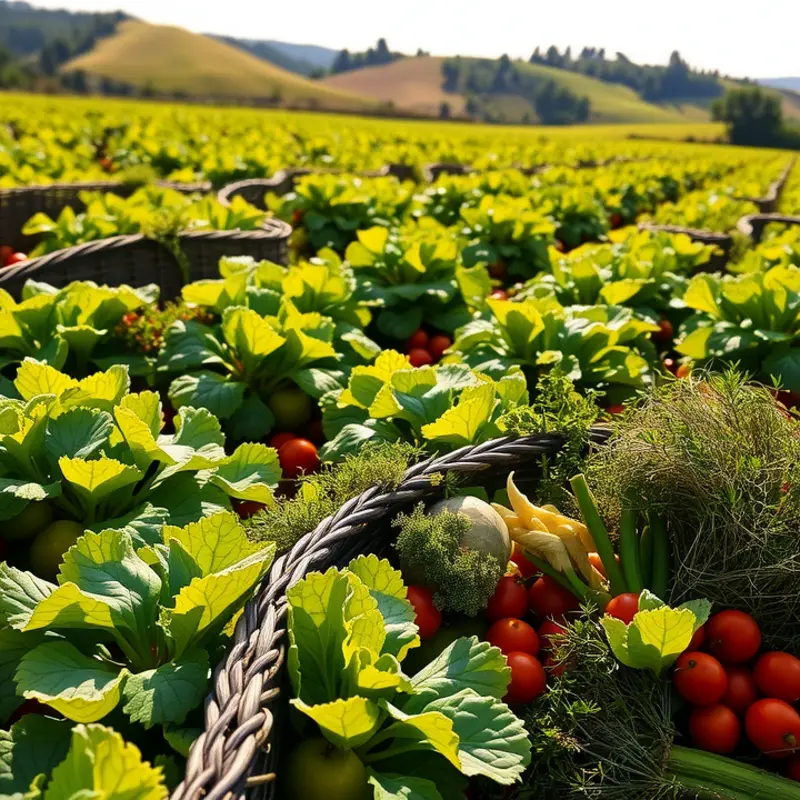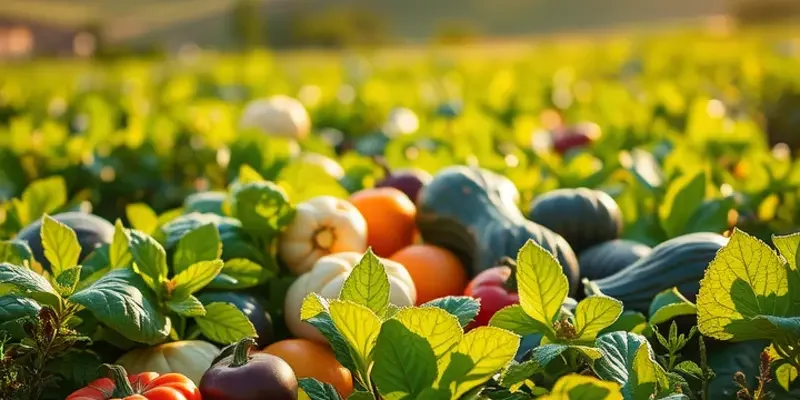Food is deeply intertwined with healing traditions across the globe, serving as a bridge between culture and health. From ancient herbal remedies to everyday nourishment, various cuisines showcase how different cultures harness the natural power of ingredients to promote well-being. Join us as we delve into the rich tapestry of culinary practices, unveiling unique approaches to food healing and the stories they tell about community, culture, and connection.
Food as Medicine: Ancient Wisdom

The notion that food serves as medicine is deeply rooted in cultures across the globe. Ancient practices reveal that indigenous communities have harnessed the power of local foods to support health and healing. By understanding these traditions, we gain insight into the profound symbiosis between diet and wellness.
Consider Chinese medicinal soup, a culinary tradition that exemplifies the medicinal use of food. Chinese herbalists have long prepared soups infused with herbs like ginseng and goji berries. These ingredients are believed to replenish energy, enhance immunity, and balance bodily functions. Such practices are part of a broader philosophy that views food as a primary tool for maintaining health and preventing disease.
Ayurveda, originating from India, offers another profound perspective on food as medicine. This ancient system of healing classifies foods according to their energy and effects on the body’s constitution. Spices like turmeric and ginger are staples in Ayurvedic cooking, revered for their anti-inflammatory and antioxidant properties. By incorporating these spices into daily meals, practitioners support digestion and promote longevity, highlighting the crucial role of dietary balance in holistic health.
In the rich tapestry of South American cultures, herbal teas known as infusions play a significant role in wellness routines. Yerba mate, a popular beverage, is renowned for its stimulant properties. It is cherished for its ability to invigorate the mind and cleanse the body. Indigenous peoples have used yerba mate as a communal drink, fostering connections while nourishing the body with essential nutrients and antioxidants.
Across these diverse food traditions, a common thread emerges: the idea that nurturing the body with local, natural foods leads to optimal health. This philosophy aligns with the principles of functional foods, which emphasize selecting ingredients that actively contribute to well-being. These traditions remind us of the intricate ways cultures have historically used cuisine as preventive medicine, inspiring modern approaches to diet and health. As we delve deeper into these culinary customs, we uncover a wealth of knowledge that continues to inform contemporary wellness practices.
For more on how specific herbs can influence health, explore our guide to functional herbs supporting mood stability.
Culinary Rituals: Nourishing Body and Soul

Around the world, culinary rituals have flourished, nurturing both the body and the soul. These communal cooking traditions foster social bonds, enhance mental well-being, and transform food into something far greater than sustenance.
Take, for example, the Italian Sunday family feast—a cherished tradition characterized by multiple generations gathering around the table. Here, the preparation of a variety of dishes becomes a collaborative effort. As the aromas of simmering sauces fill the kitchen, conversations flow and stories are passed along. This ritual is not only a testament to culinary tradition but also an opportunity to strengthen family ties, fostering a sense of belonging and continuity.
Similarly, the Jewish Shabbat dinner serves as a weekly pause, a sacred space in time that encourages reflection and connection. As candles are lit and blessings recited, the frantic pace of life momentarily halts. This setting provides an opportunity for sharing hopes, dreams, and gratitude, reinforcing interpersonal bonds. Not only does this meal nourish the body, but it also recharges participants spiritually, offering solace and renewing familial connections.
In many African communities, the communal potluck is a vibrant occasion where each attendee contributes a dish, reflecting diverse cultural backgrounds. These gatherings often involve musical accompaniment and shared storytelling, making the meal a multisensory celebration. The act of coming together to share food and experiences enhances mental and emotional well-being, transcending individual differences and cultivating unity.
These traditions share a common thread: they transform everyday ingredients into vehicles of emotional and spiritual healing. Participation in such rituals can reduce feelings of loneliness, a prevalent issue that has implications for psychological health. Additionally, the social support inherent in communal meals can lower stress, contributing positively to one’s overall health.
Moreover, the rituals invite mindfulness, drawing attention to the present moment. Each step, from preparation to consumption, is steeped in intention. Such focus can mitigate unconscious eating habits often driven by stress or distraction, promoting healthier relationships with food. For insights on addressing such habits, you might explore mindful eating practices, which emphasize the importance of awareness during meals.
Within these culinary rituals, food acts as a conduit for storytelling, heritage, and identity. Whether through an aromatic bowl of pasta, a hearty stew, or an elaborate spread of Shabbat delicacies, these meals ensure the continuity of cultural wisdom and familial bonds. They offer a reminder that nourished spirits are as vital as nourished bodies, knitting communities together one meal at a time.
Final words
Embracing the traditional use of food in healing offers a path to enhanced well-being while connecting deeply with cultural narratives. This exploration reveals that food is not just sustenance; it’s a vital part of our cultural identity and health practices. By appreciating the diverse culinary traditions and their medicinal potential, food enthusiasts and culturally-curious readers can gain insight into the global tapestry of healing rituals, fostering a greater respect for the sources of their nourishment. As you experience diverse cuisines, remember: every ingredient carries a story and a legacy that connects you to communities across the world.








